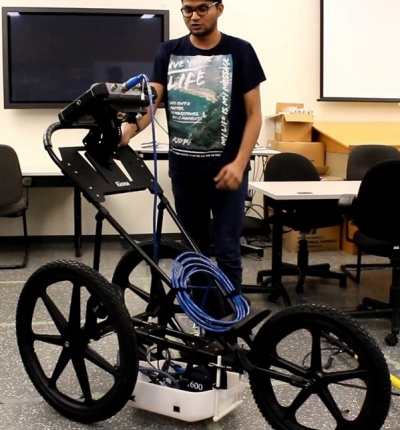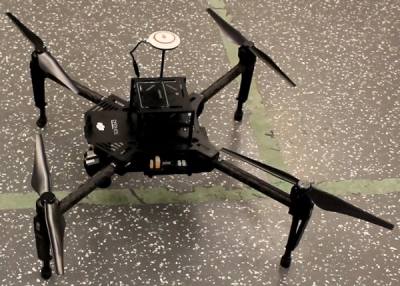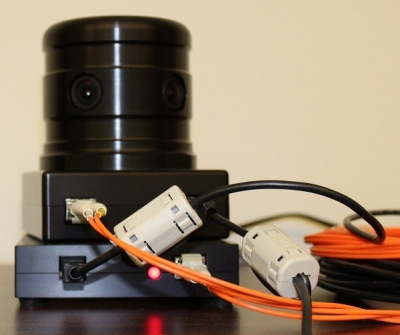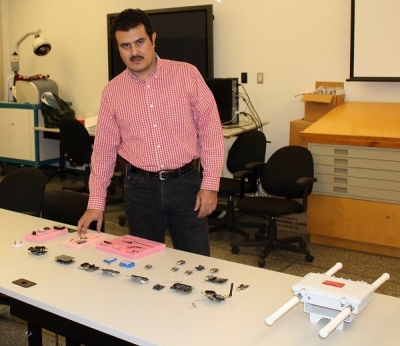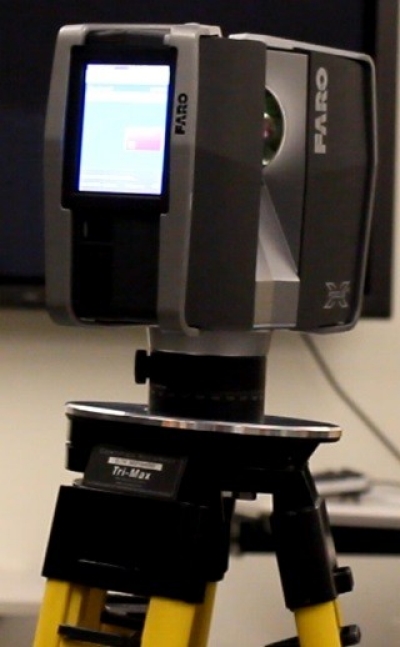Ground Penetrating Radar (GPR) utilizes electromagnetic (EM) waves to identify the subsurface defects locations such as corrosion of steel. As a nondestructive evaluation (NDE) technology, GPR has been considered as a highly promising technology for detecting and characterizing deterioration in concrete decks. The main advantages of GPR include but not limited to:
- Capability of fast scanning with non-contact antenna.
- Very sensitive to metal objects, moisture and electrical conductivity.
- Can easily penetrate through the air and asphalt layer
- Inspection result is reproducible.
- Commercial equipment and application software are well-developed.



